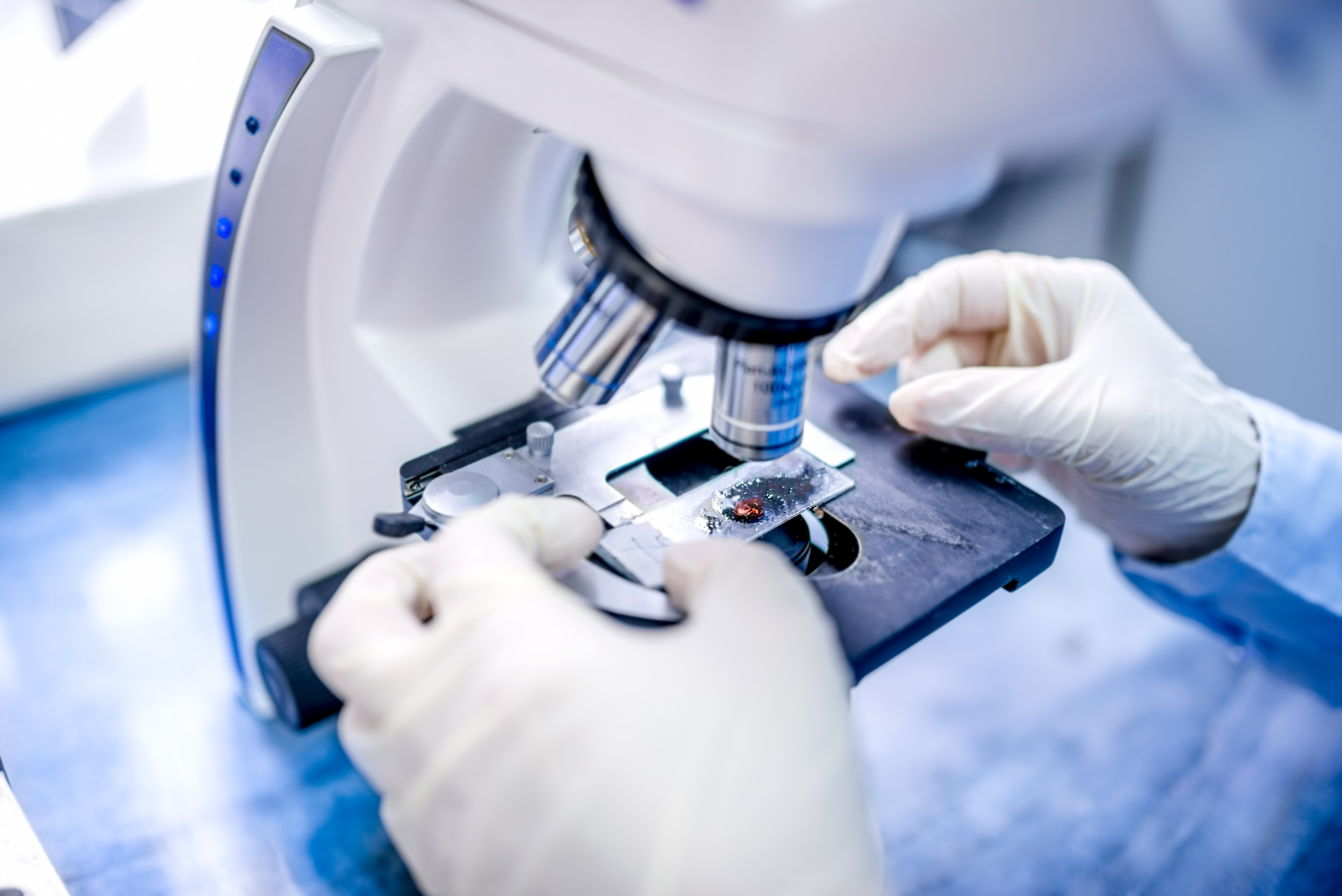Like other physicians, dermatologists rely on medical history and physical exam to diagnose a patient’s skin condition. When a patient’s skin problem isn’t straightforward, an additional work up is required.
“Acne, eczema, psoriasis are all pretty common conditions,” says Dr. Adam Mamelak, board certified dermatologist in Austin, Texas. “However, in cases where a patient’s rash has an unusual distribution, where it’s hard to tell one skin condition from another, or if a mole is suspicious for skin cancer, we need to investigate further. An internist might order a blood test or X-ray, but in dermatology, a skin biopsy is one of the most common ways to work up a patient’s medical problem.
Why Do I Need A Biopsy?

“Simply put, the purpose of a biopsy is to understand more clearly what is happening with the skin,” explains Dr. Miriam Hanson, a board certified dermatologist at Sanova Dermatology. “By taking a sample of the affected skin and looking at it under a microscope, you are able to rule out certain conditions like skin cancer and decipher what the problem is… or isn’t.”
Skin biopsies give a better picture of what is taking place, as well as help guide the best plan of action for treating the condition. “Just like dermatology diseases have unique patterns on the skin, they also have unique patterns under the microscope,” says Dr. Mamelak. “By determining which cells are involved, and where in the skin the problem is, we can confirm a diagnosis and recommend a one specific treatment treatment over another.”
How Is A Skin Biopsy Performed?
There are multiple methods of collecting a skin specimen. The two most common methods are a shave biopsy and a punch biopsy.
Shave Biopsy
“A shave biopsy is typically used when the skin condition appears to affect the top or superficial layers of the skin,” says Dr. Hanson. A small flat blade or scalpel is used to to remove or ‘shave off’ a shallow amount of tissue from the area. This type of biopsy requires no stitches and heals simply with some ointment and a bandaid. The shave method can also be used for cosmetic mole or skin tag removals.
“Without a Punch, It’s Just a Hunch”
Punch Biopsy
A punch biopsy is used when the patient’s skin condition is thought to involve the deeper layers of the skin. “If a patient’s rash has a lot of inflammation, or is thought to affect the dermis or deep fatty layers of the skin, we typically choose this method. It can also be used for some pigmented lesions that are thought to extend deep into the skin,” shares Dr. Mamelak. For this type of biopsy, the dermatologist utilizes a cylindrical ‘hole punch’ tool to remove the skin sample and often will place a stitch in the skin to help speed healing and minimize any scarring. There are a number of different sized punch tools available that can be selected depending on the size and site of the skin lesion in question.
What Happens To The Specimen?
After the tissue sample has been taken, it is taken to a lab, processed, cut, stained and made into microscope slides. The slides are reviewed by a pathologist that specializes in diseases of the skin. This dermato-pathologist prepares an official report and relays their findings to the dermatologist who performed the biopsy for review. The patient is then notified of the results, and treatment can be recommended.
Contact Us
Do you have a concerning spot that you think may require a biopsy, or questions about these diagnostic procedures? Contact us today to set up your consultation with one of our skin care specialists.
Join Us

